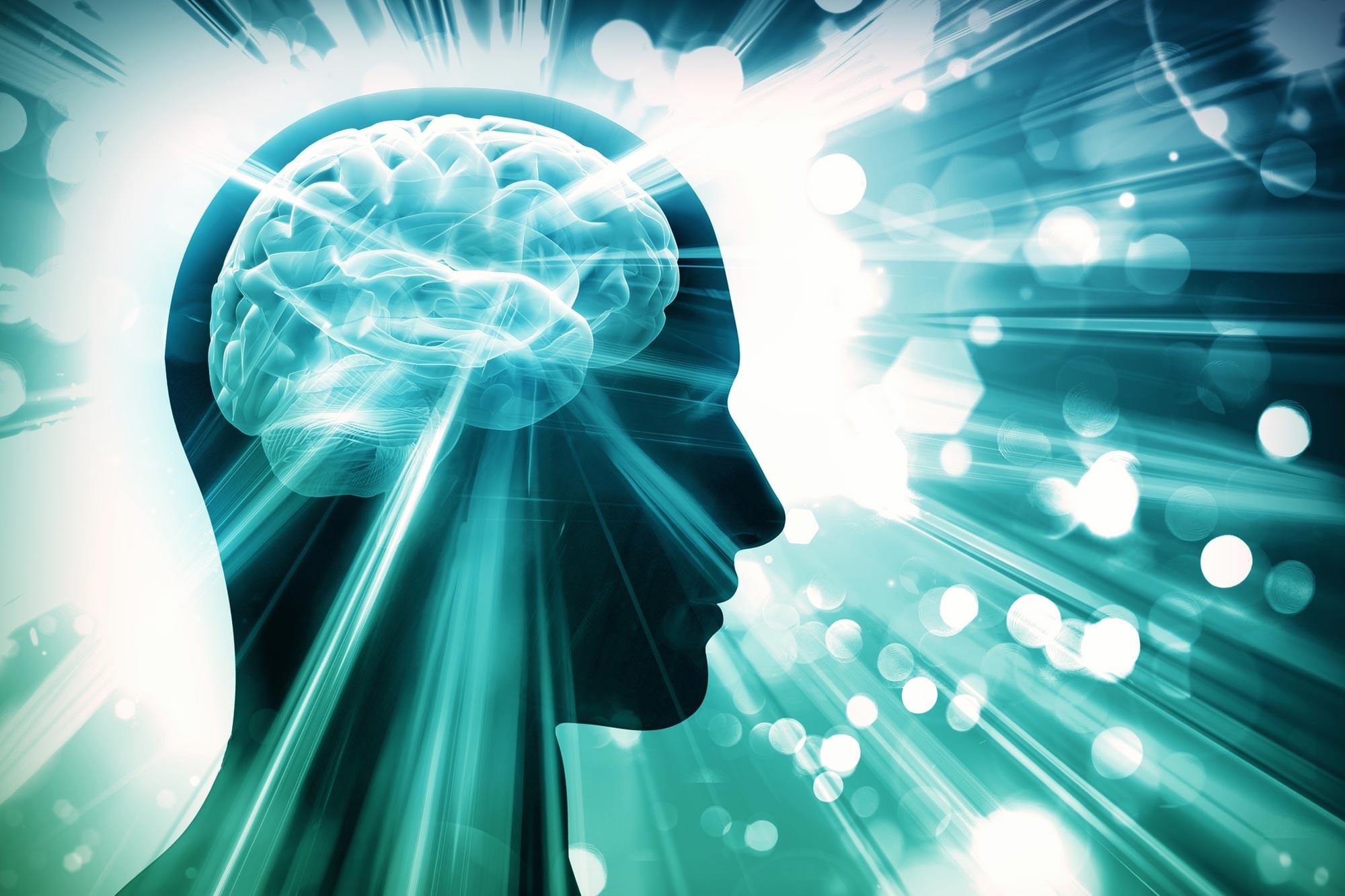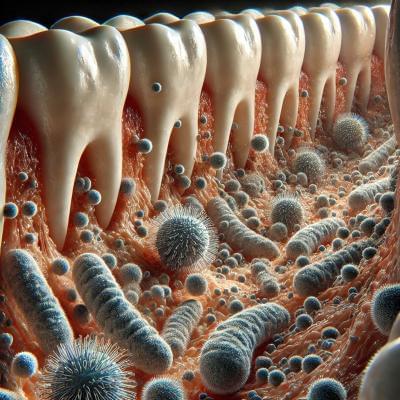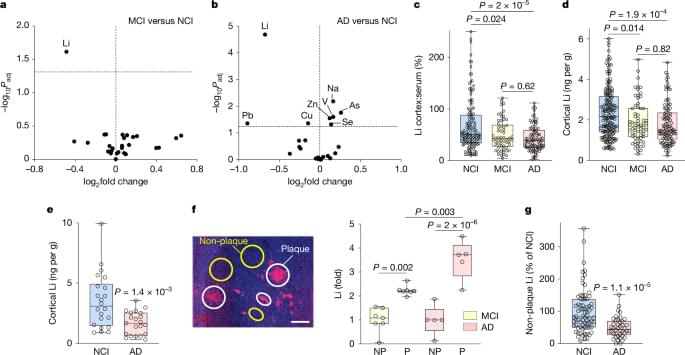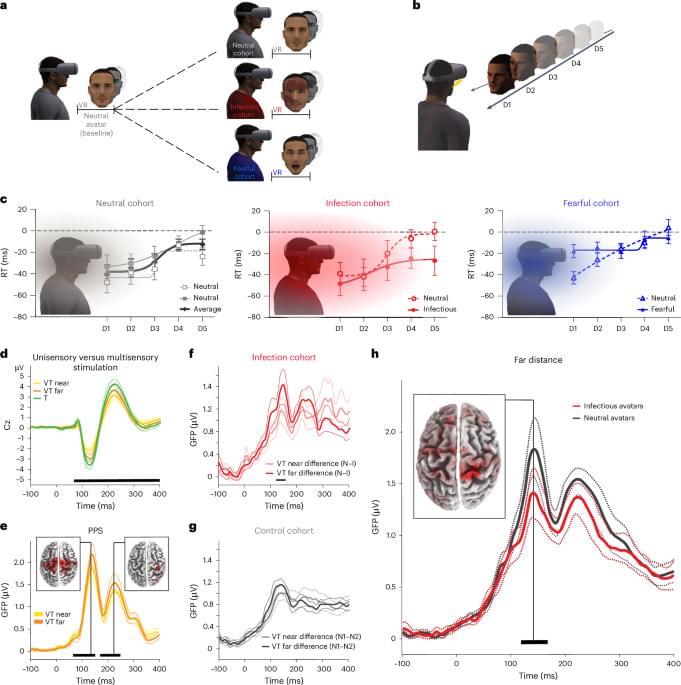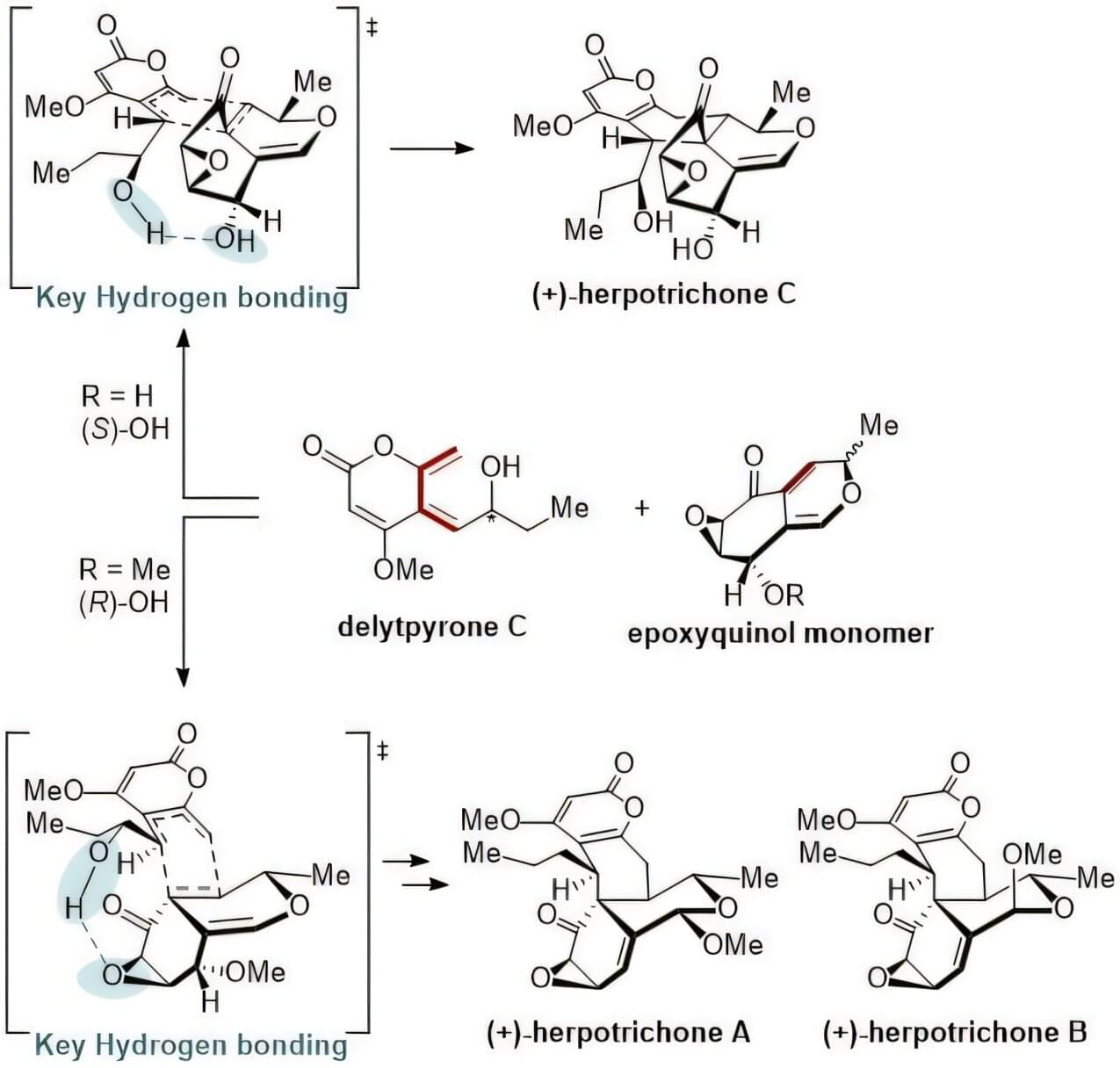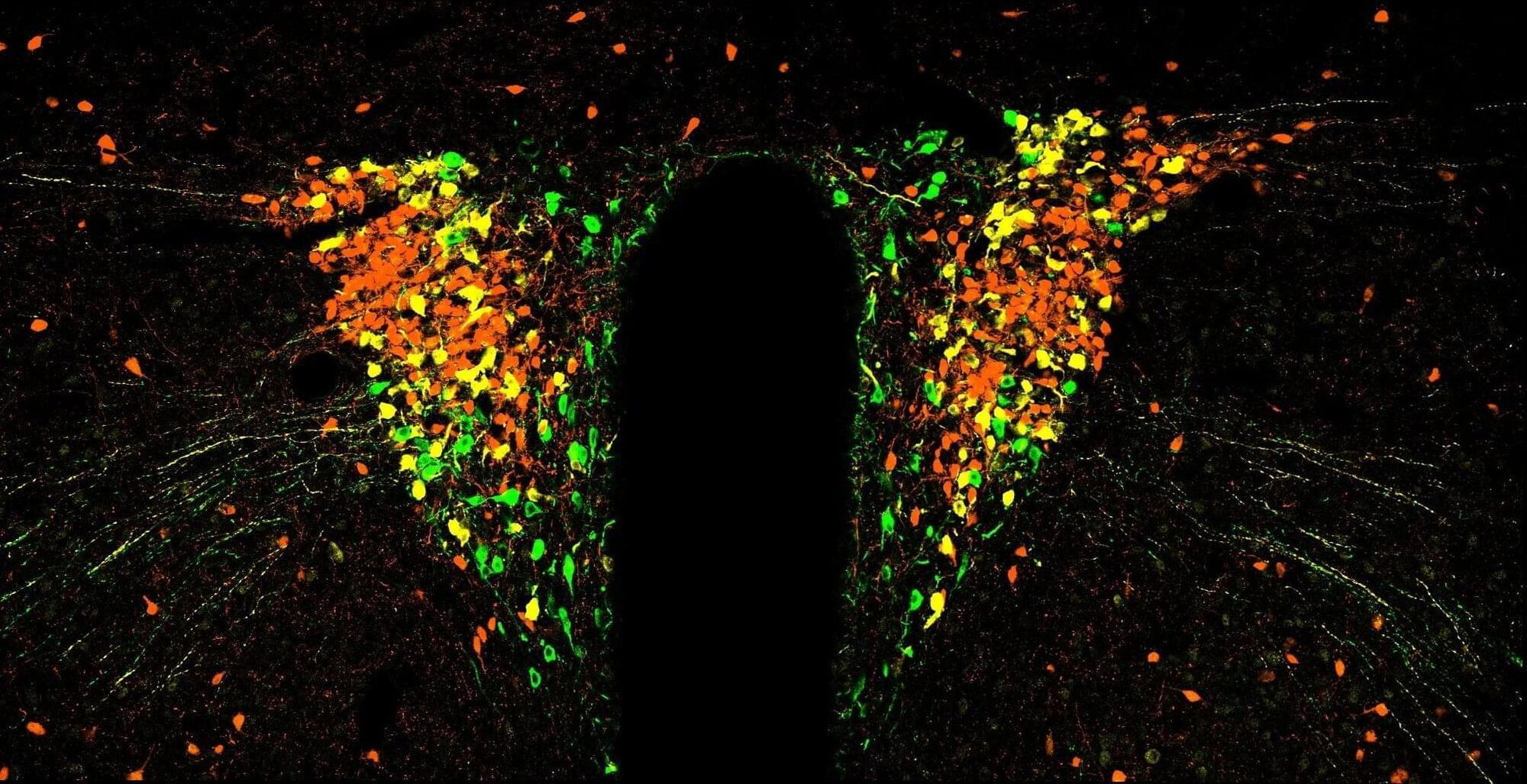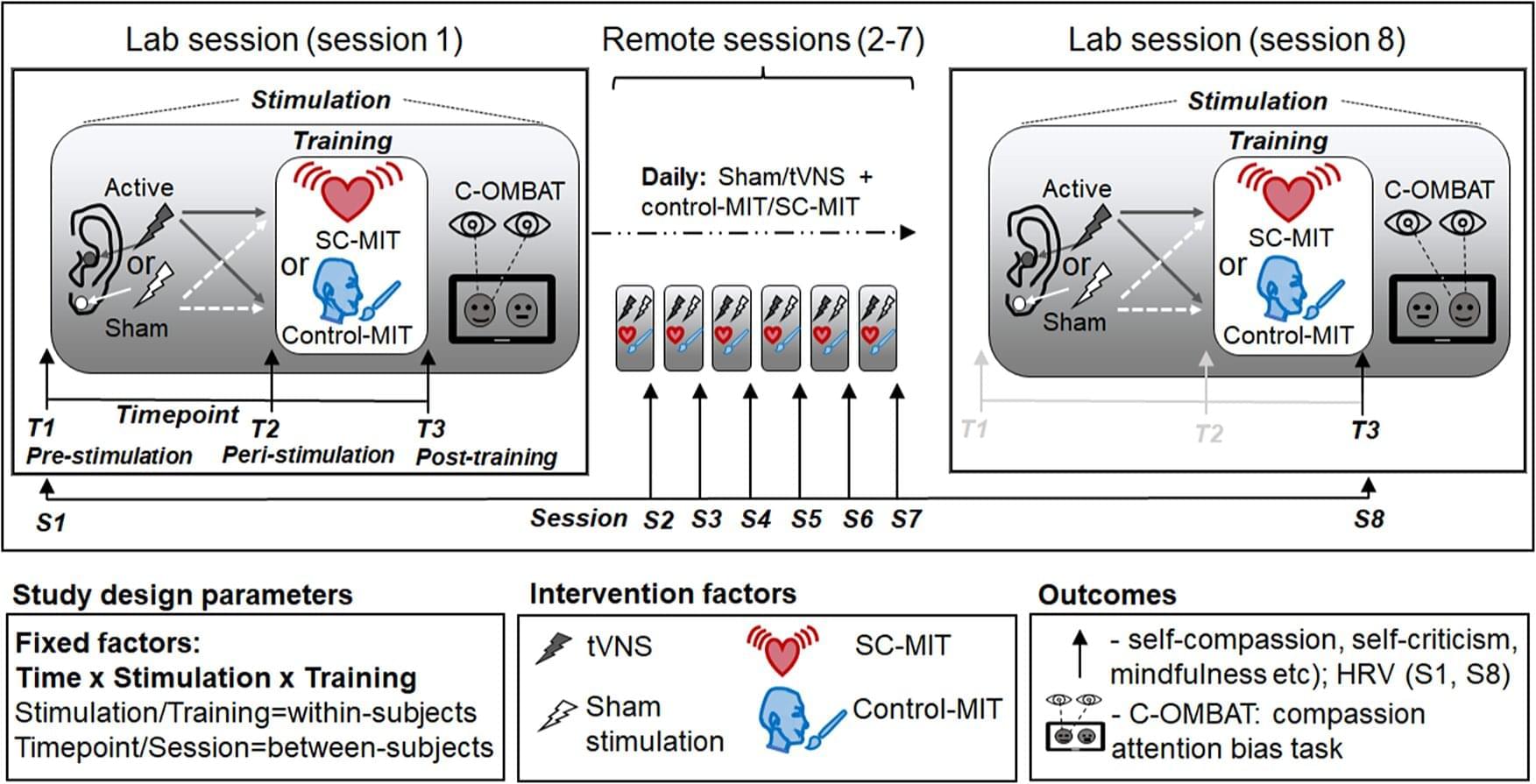Metaphors are a fundamental aspect of human language and cognition, allowing us to understand complex concepts and relationships by mapping them onto more familiar and concrete domains. However, the nature of metaphors and how they work is still not well understood.
In a new paper published in PLOS Complex Systems, Max-Planck-Institute for Mathematics in the Sciences researchers Marie Teich and Wilmer Leal together with director Jürgen Jost have developed a formal framework and large-scale empirical methodology to analyze metaphors and their role in conceptual metaphor theory.
The study confirms the fundamental assumption in conceptual metaphor theory that metaphors are enduring linguistic and cognitive structures, not merely rhetorical figures. Using complex systems tools, the researchers identified a metaphor network with distinctions between abstract and concrete categories, and two significant metaphorical processes: mappings from concrete to abstract topics and the emergence of new mappings between concrete domains.

